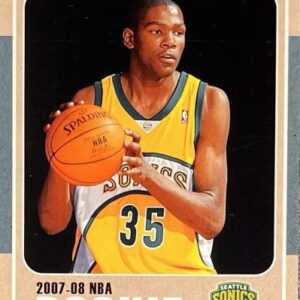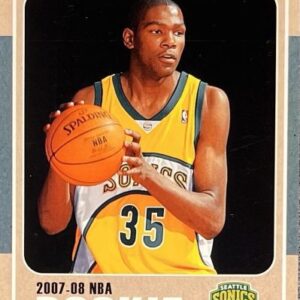In the exhilarating realm where baseball nostalgia collides with serious cash, a new champion emerges, strutting its high-valuation finesse not on the field, but from the seam of an iconic pair of pants. Yes, you read correctly—Shohei Ohtani’s trousers are the hottest new collectable battling to the beat of baseball’s commercial drum. The trousers in question are part of a monumental Topps Dynasty Black card, which, in a stunning turn of events, surpassed expectations by selling for a mind-boggling $1.07 million at Heritage Auctions. While cashing in on collectibles has been an age-old time pass for enthusiasts, Ohtani’s pants have certainly swung for the fences, sending shockwaves through wallets possibly tighter than the Dodgers’ lineup by September.
This isn’t your typical thrift-store score of well-worn garb for the baseball aficionado’s wardrobe. We are talking about stitching that not only graced the legs of the Los Angeles Dodgers’ powerhouse but also tagged along for the ride as he made MLB history. The collectible card wasn’t just an ordinary bit of cardboard and ink; it carried the heroic essence of monumental achievement—Ohtani becoming the first player to ever smash 50 home runs paired with 50 stolen bases in a single season. These pants, imbued with athletic energy, made it clear: their value isn’t only material but historical, unraveling threads of a remarkable career milestone.
Adorned with Ohtani’s distinctive gold signature and the shimmering MLB logo patch, swiped off from the very trousers he donned during his iconic game against the Miami Marlins, the card evokes both awe and deep pockets. Who exactly claimed this piece of baseball legend, however, remains shrouded in mystery—much like attempting to discern where stolen bases hide or, perhaps more pressingly, where your laundry day collection of mismatched socks caromes to.
This unprecedented auction outcome shattered previous records for Ohtani memorabilia, eclipsing even the half-million-dollar 2018 rookie sensation card, establishing that while cards often glorify rookie seasons, legacy moments truly thread the fabric of player worth. Topps, reveling in this cultural collectible milestone, crafted a trinity of cards commemorating Ohtani’s legendary 50-50 game, each fetching varying fortunes demonstrating differing taste in memorabilia. Another card, favoring batting glove tags over trouser stitches, attracted a “modest” bid of $173,240 earlier this year—apparently indicating that some fans are more glove-crazed than they are trousers-taken.
Chris Ivy, the sports memorabilia mastermind at Heritage Auctions, couldn’t stress the importance enough. Echoing through the halls of sporting lore, he emphasized, “Shohei Ohtani is currently baseball’s biggest rockstar, and this card captures a genuinely historic moment—plus, people really dig that logo patch.” It’s worth noting, amid the baseball card hierarchy, this record-breaking medium isn’t even from Ohtani’s rookie year, challenging and thus enticingly defying the rookie-card rule certain collectors uphold with theological zeal.
In an amusing twist earlier this same frisky month, Pirates pitcher Paul Skenes had the pleasure of auctioning off his rookie card for a dazzling $1.11 million—a somewhat similar valuation victory, yet potentially less extraordinary, as pants were noticeably absent, leading aficionados to wonder if Skenes was missing his chance at fashion-tied history.
Reflecting deeper on the illustrious context of the trousers’ origins, Ohtani’s LoanDepot Park appearance, with the weight of expectations firmly on his shoulders and only two steps away from baseball immortality, is noteworthy. A masterclass in tenacity and talent, by the second inning, he swiped bases 50 and 51 like they were cultural artifacts meant for a museum of motivation. Into the seventh, after a tango with two fouled-off pitches, Ohtani obliterated Marlins reliever Mike Baumann’s lazy curveball, sending it 391 feet into the annals of baseball’s hallowed epic. That homerun ball itself later sold in a transaction that resounded for $4.39 million—because, evidently, the buck doesn’t stop at bats, balls, or pants when it comes to obtaining pieces of Ohtani’s memorable legacy.
With grand expectations thus established, the market stands open for even the dubious artifacts in acquired memorabilia. Should fans and collectors gear up for the emergence of further inconceivable collectibles, from socks, shoelaces, to possibly gum-wrapped tendrils, auction blocks await with open arms, ready to cradle whatever history spawns, as pockets and passion gear up for the next grand sporting memorabilia saga.






